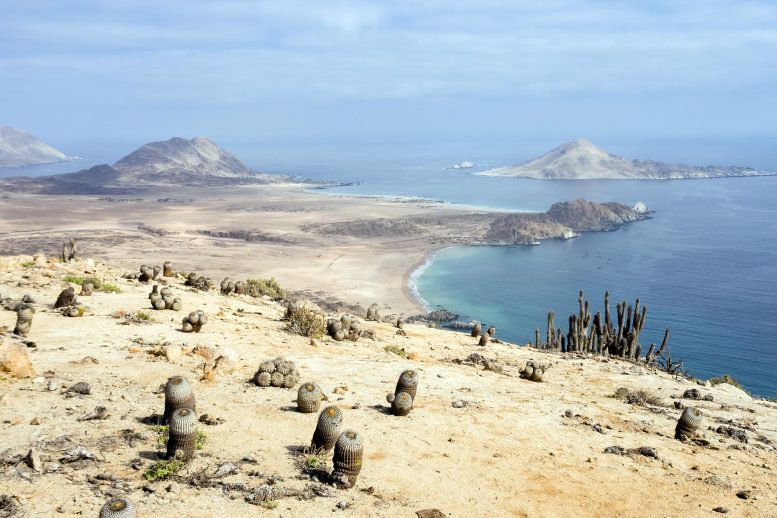
Moisture farming is not just for the deserts of Tatooine — advances in fog harvesting technology may provide an additional fresh water source in foggy coastal areas with little precipitation.
Fog harvesting is a potential practical source of fresh water in foggy coastal deserts, and current solutions rely on meter-scale nets/meshes. The mesh geometry, however, presents a physiologically inappropriate shape for millimeter-scale bulk bodies, like insects.
Fan Kiat Chan, from the University of Illinois at Urbana-Champaign, offers biomimetic fog-gathering technologies based on Namib desert beetles as a potential solution. Chan will discuss how surface morphology can affect surrounding flow for droplet yield during a session at the American Physical Society’s Division of Fluid Dynamics 72nd Annual Meeting, which will take place on November 23-26, 2019, at the Washington State Convention Center in Seattle.

(a) Simulation of flow past a cylinder with inertial particles by Chan, tracking the impact of particles on the surface of the collector. (b) In simulations, tracking a single droplet trajectory elicit that particle collides (red) when lubrication interaction is neglected, and skids along the surface when lubrication effect is present (blue). (c) Similar dynamics with lubrication is observed in experiments conducted by Shahrokhian, where particle barely touches and escapes from being deposited on the collector. (d) Three-dimensional simulation inertial particles flowing past a sphere with small bumps, mimicking surface features of Namib beetles. Credit: Fan Kiat Chan and Aida Shahrokhian
“The idea of using fog as a source of fresh water has been studied since the 1980s in various locations,” Chan said. These studies have led to fog collection using nets and meshes, which are now commonly used in places like Chile and Morocco, among many others. The design was drawn from fog interception methods used by trees which can typically collect about 53 gallons of water on an average day.
However, Namib desert beetles use a different harvesting mechanism than trees do. These insects use the irregular surface morphology — uneven bumps and flat areas — on their backs to gather fresh water from desert fog. Inspired by the Namib beetle, Chan and collaborators Aida Shahrokhian and Hunter King, from the Mechanical Biomimetics and Open Design Lab at the University of Akron, study how surface morphology affects the surrounding fluid flow, consequently leading to droplet impaction for harvesting.
“Similar principles could perhaps be used to design water bottles that are capable of collecting fog, enabling a more portable source,” said Chan.
Chan will discuss the observed increase in collector’s efficiency when surface textures, such as bumps like those of Namib desert beetles, are introduced. Combined with mesh-based designs, these collectors can provide an additional opportunity for freshwater harvesting in areas with limited precipitation.
“The water content and frequency of fog formation may vary depending on the location and the season,” he said. “While precipitation may be infrequent in some regions, it is, however, important to realize that fog is nonetheless a predictable and, hence, reliable water source.”
The talk, “Surface morphology and flow dynamics for fog harvesting,” was presented on Tuesday, November 26, 2019, as part of the session on general fluid dynamics.

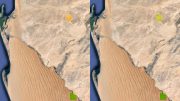
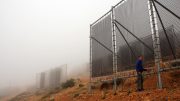

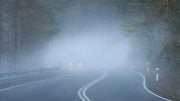
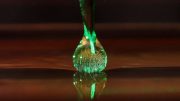
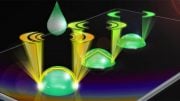
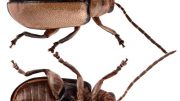
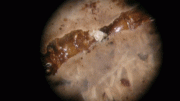
Be the first to comment on "Moisture Farming: Harvesting Fog Can Provide Fresh Water in Desert Regions"